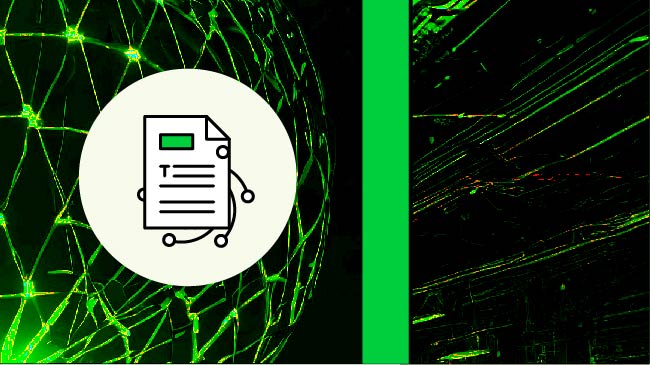The Team Effort That Led to the z17

The IBM z17’s 43 billion transistors, 24 million miles of wire and 18 layers of metal form a system capable of 35 billion transactions a day. It’s safe to say it took a team effort to build it. In fact, the process of creating IBM’s new mainframe, hitting general availability June 18, was so extensive that it didn’t fit within the walls of Big Blue.
Introducing the z17 at a launch event in April, IBMers stressed the project’s focus on user input. “It actually is designed by our clients,” Ric Lewis, IBM’s senior vice president of infrastructure, said at the event. Over the course of thousands of collaboration sessions, more than 100 clients lent their perspective on the design and technical matters, he added.
AI Emerges as a Top Client Priority
While security, performance and scalability continued to be client priorities, AI emerged as a major theme of the collaboration sessions, which yielded more than 250 use cases for AI on Z, said Ross Mauri, general manager of IBM Z and LinuxONE. Those uses include credit card fraud detection, AI-assisted development with tools like watsonx Code Assistant for Z, loan decision-making, anti-money laundering, and even analysis of seagrass growth to understand the impacts of climate change.
The clients talked not only about what AI might do on the z17, but how it does it. One theme of the conversations dated back to creation of the z16: a desire to conduct AI processing closer to the data source. “The latency of existing solutions on the market was just not great,” Elianne Bravo, IBM Z Principal Product Manager, told TechChannel after the launch presentation.
Addressing the latency issue, on-chip AI processing came to the zSeries with the Telum I chip in the z16. The z17’s Telum II improves on its predecessor’s AI capabilities by providing 4x more compute power, capable of 192 trillion operations per second (TOPS) of AI acceleration. For an additional AI boost, the z17 can also accommodate up to 48 of IBM’s new Spyre Accelerators. Together, Telum II and Spyre enable multi-model AI, with the Telum II excelling at predictive AI while Spyre brings generative AI capabilities into the picture.
“Working with all of our clients, they really told us they want to be able to do more, execute more transactions, do more in those transactions, score more models, solve more use cases, but don’t give up the security and the scale that they need to maintain performance,” Tina Tarquinio, VP of product management for IBM Z and LinuxONE, said at the launch presentation.
Taking a Licking
To make sure the z17 would perform as expected, IBM engineers took it on the road and put it through its paces. One stop on the tour was Massachusetts General Hospital, where they used the facility’s specialized equipment to bombard the Telum II with alpha particles and gamma rays.
These forms of radiation, coming from the sun and other sources, can wreak havoc on computer systems by causing bit flips, which can occur when transistors are energized to the point of flipping 0s to 1s and vice versa, Ray Newsom, principal product manager for IBM zSystems hardware strategy, explained to TechChannel.
To test how the processor would handle those threats, IBM fired up Massachusetts General’s proton beam machine. “They use it for cancer therapy; we use it to simulate those alpha particles and gamma rays so that we can detect when that bit flips, because if we can detect it, we can correct it,” Newsom said.
In addition to the invisible threat of radiation, the z17 went up against the brute force of plate tectonics. For that trial, the team brought the machine to the Earthquake Engineering Lab at the University of Nevada, Reno, where they subjected the z17 to the equivalent of an 8.3 magnitude earthquake. Those with data centers in seismic zones will be relieved to learn the z17 passed.
IBM’s engineers were even able to test the system before it took physical form, running data through racks of field programmable gate arrays (FPGA) that simulated the new processor’s logic.
“You don’t want to have chips come out of a foundry and find an issue immediately and then have to respin them, so you try to work out as many of those bugs as you can in simulation,” Andrew Crimmins, principal product manager for IBM Z, told TechChannel. “ … You’re basically simulating how the hardware would work if it existed.”
IBM uses tactics like FPGA testing to work far ahead as it iterates the zSeries. That work usually involves “about 5,000, 6,000 people around the world, and it takes us about five years to put one out,” Newsom said. “So we are well in the throes from a process of perspective of the next generation already.”